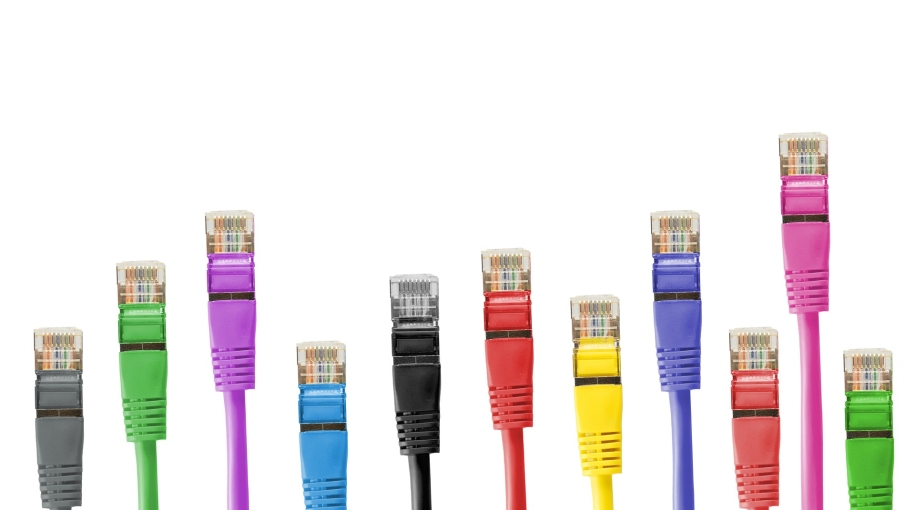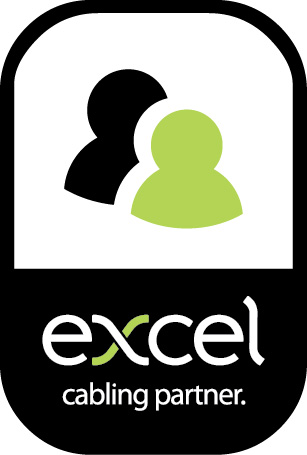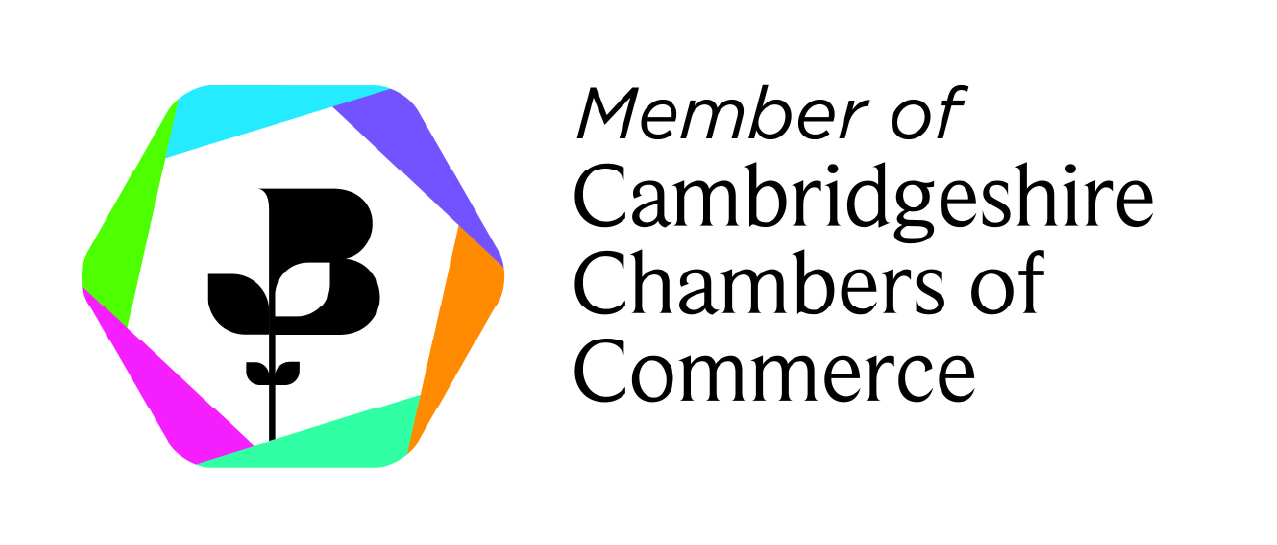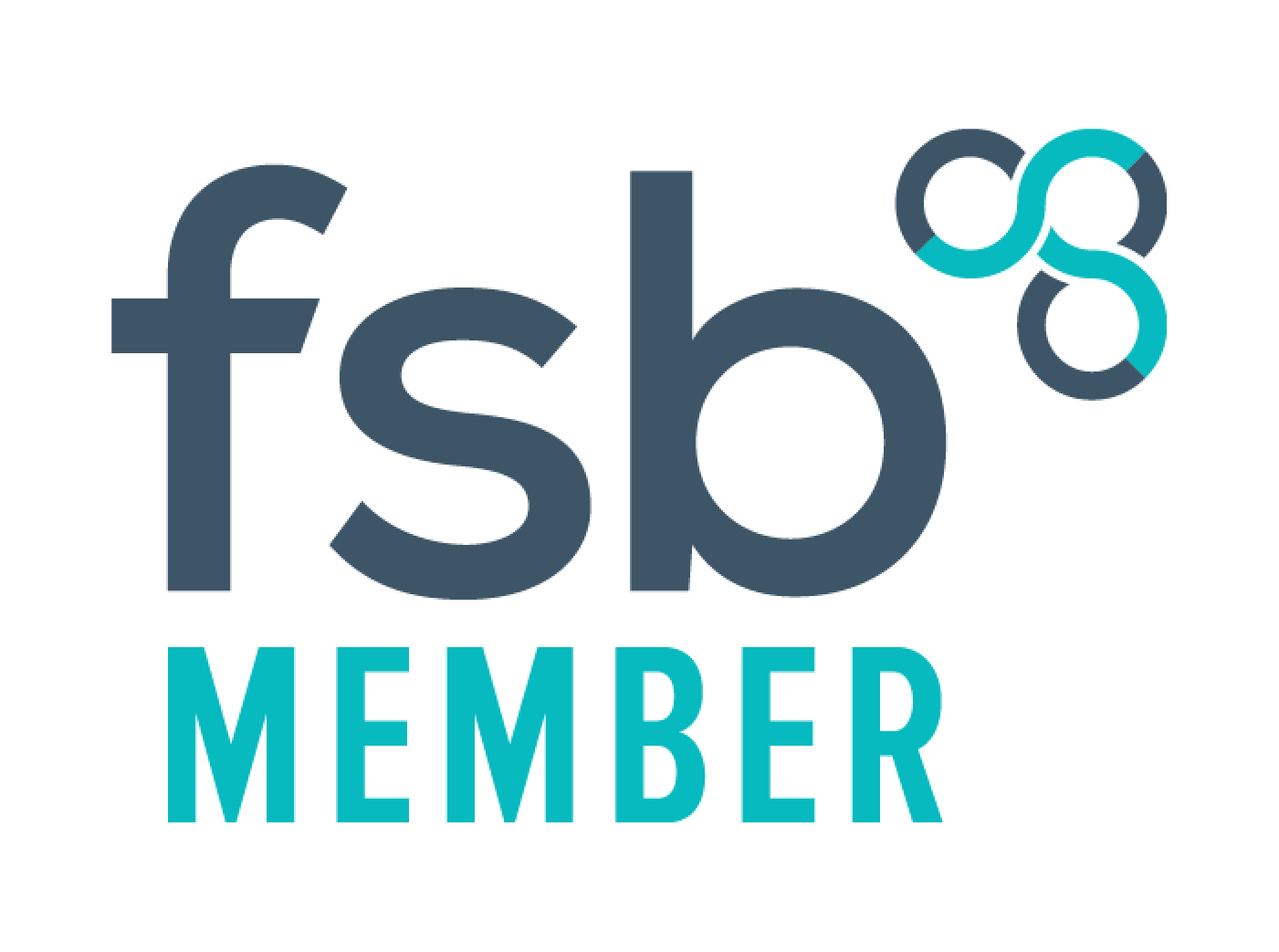In your home you are likely to have a significant number of devices that are both wired into your network, and also wireless. All the terms that are used for these devices and the systems that manage them can be a little confusing, so let's start by clarifying a few terms:
Ethernet
Ethernet is an umbrella term used for all the physical infrastructure that goes into creating your network at home or in the office. In a typical home setup, the ethernet system can be quite simple. Most of us have our routers plugged into our master socket, and then use WiFi or an ethernet cable to connect up laptops or desktop PCs.
Wiring devices in using ethernet cable rather than wirelessly means that the signal will be stronger. This is an ideal option if you have many devices all competing for the same WiFi signal. The more devices that can be hard-wired, the better as less devices will be competing on the WLAN (see below).
Wiring devices in using ethernet cable rather than wirelessly means that the signal will be stronger. This is an ideal option if you have many devices all competing for the same WiFi signal. The more devices that can be hard-wired, the better as less devices will be competing on the WLAN (see below).
LAN
LAN or Local Area Network, is a term to describe a hard-wired network limited to a specific area. In your home, you will have a LAN limited to your household. In an office, you may have a LAN that connects several floors together.
In a typical setup, you may connect your laptop to an ethernet port on the wall in an office, which then connects your laptop to the LAN. This gives better speeds and connectivity.
WLAN
WLAN (Wireless Local Area Network) in a typical home or office setup will be used for laptops and smart devices to access the internet, or the LAN, wirelessly. This is done through WiFi, a term we're all familiar with.
When set up correctly, any laptop connected to the WLAN should have the same benefits as a hardwired connection. But, with the added benefit of being mobile and not held down with cables.
Unfortunately, the reason we're not living in an entirely wireless world, is that too many devices on a WLAN can cause issues, such as interference with the network and obstructions, resulting in a weaker signal.
Data Cables
Data Cables is the collective term for all the different types of network cable. All ethernet cables are data cables. They come in different standards, providing different speeds at each level. When you hardwire a device to your network, you will be using a data cable.
The two most common types of data cable being used today are Cat5e and Cat6.
In your home, you're likely to be using Cat5e cable to connect your PC to your router. In the office, especially newer ones, the PCs are likely to be wired in using Cat6.
If you would like advice on how best to get the most from your home or small office internet connectivity, please contact us
If you would like advice on how best to get the most from your home or small office internet connectivity, please contact us





